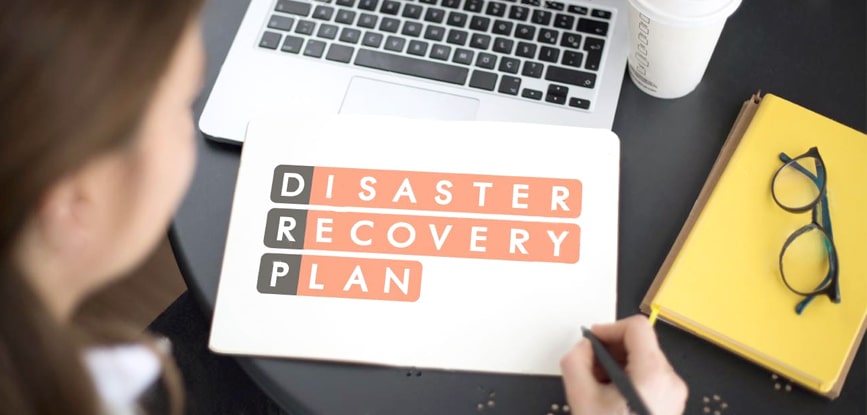
How To Prepare An Effective Disaster Recovery Plan for Your Small Business
Managing a business can be both a thrilling and challenging experience, testing your entrepreneurial skills at every aspect of your business. Studies show that nearly 40-60% of small businesses find difficulties with reopening after suffering a disaster. Disasters such as natural phenomenons or economic recessions are the common culprits for the closure of many businesses.
Formulating a disaster recovery plan for your business could help counter such disasters. To increase your chances of recovery, this article will detail several ways on how to create an effective recovery plan for any disaster that could affect your business.
What Should Be Considered As A Disaster?
Disasters or catastrophic events are anything that significantly changes or affects your business negatively. These events could be natural phenomena such as typhoons, floods, earthquakes, and national health emergencies like the COVID-19 pandemic.
Problems specific to your business are also considered a disaster. These could be fires, strikes, power cuts, telecommunication failures, IT security breaches, and legal and compliance issues with industry regulations. Having a disaster recovery plan will help you establish solutions and plot potential consequences for each type of risk your business may encounter.
#1: Identify Critical Resources
When creating a disaster recovery plan, it is important to identify and assess the risks and consequences associated with each resource your company may need. Make a list of the resources that are critical to keeping your company operational.
Such resources could be telecommunications and information systems, computer networks, and databases. You may also consider resources such as critical employees, contractors, suppliers, business location, etc. By securing valuable resources for your business as part of your recovery plan, you can increase your chances of a good recovery after encountering disasters.
#2: Evaluate Key Roles in Your Company
As part of your recovery plan, you should evaluate which of your employees can help run and sustain your business during catastrophes. Make a list of all of your employees and categorize them according to their department. Afterwards, identify which departments could be considered as critical or secondary. For example, departments that handle finances, projects, and other skeletal operations can be considered critical as your company may fail to function properly without them.
Additionally, these departments or employees can make vital decisions about the business and dedicate their output to ensuring that your company recovers from the losses it sustained.
#3: Assign Temporary Facilities
Your recovery plan must include a designated location or facility in the event your current business address becomes inaccessible. This will serve as a temporary business address where employees, suppliers, and other business functions can continue to operate.
When assigning a temporary facility, ensure the location is easily accessible to your staff and contractors for a smooth transition during unfortunate events. Working from home or telecommuting can also be considered a temporary facility as long as your company fosters a centralized system for better communication.
Critical resources and equipment such as laptops, computers, or generators can also be stored here to ensure that your business continues to operate without lengthy delays due to lack of resources.
#4: Include a Thorough Communication Process
Such events can disrupt communication between employees, investors, contractors, and customers. When such an event occurs, make sure to have a thorough communication process informing all sectors of your business.
You can prepare a list providing contact information of the necessary audiences your business will need to tap. You can also prepare templates, newsletters, press releases, and other announcements relating to different scenarios.
#5: Invest in Business Insurance
Investing in business insurance will help save you from taking money from your own pockets to pay out damages and liabilities your company may incur during disasters. Things such as property damage, legal issues, lost business incomes, and employee-related risks can be covered depending on the type of insurance you avail.
Generally, there are six common insurance policies for small businesses. Such are:
- Professional Liability Insurance
- Property Insurance
- Home-Based Businesses
- Product Liability Insurance
- Vehicle Insurance
- Business Interruption Insurance
As a small business owner, it is wise to consider investing in business insurance as small businesses are more susceptible to personal financial exposure in comparison to large enterprises.
Secure Your Business With An Effective Recovery Plan
Part of being an entrepreneur is ensuring that your business is prepared to sustain any unfortunate incidents. By having a thorough and well-prepared disaster recovery plan, you can increase your company’s chances of recovering with minimal damages.
If you find such procedures exhaustive, it is best to reach out to business consulting firms to help you layout and identify your business strengths and weaknesses and create a recovery plan that can safeguard your business against unforeseen disasters.


